It’s a fact that many people like to ignore or brush things away with an excuse or two, but the truth is that many Western countries are often ignorant when it comes to the subtleties of foreign cultures. It doesn’t surprise (albeit still disappoint) many that fragments of Chinese and Japanese cultures often get mixed up, like elements of their cuisines or history. And that’s only scratching the surface, considering that there’s more to East Asia than China and Japan.
Perhaps fed up with the fact that these cultures often get mixed up, one Tumblr user who goes by the blog-name of fortunatossoliloquy, decided to clear some things up. They created a post trying to point out the differences between the traditional dresses in East Asia.

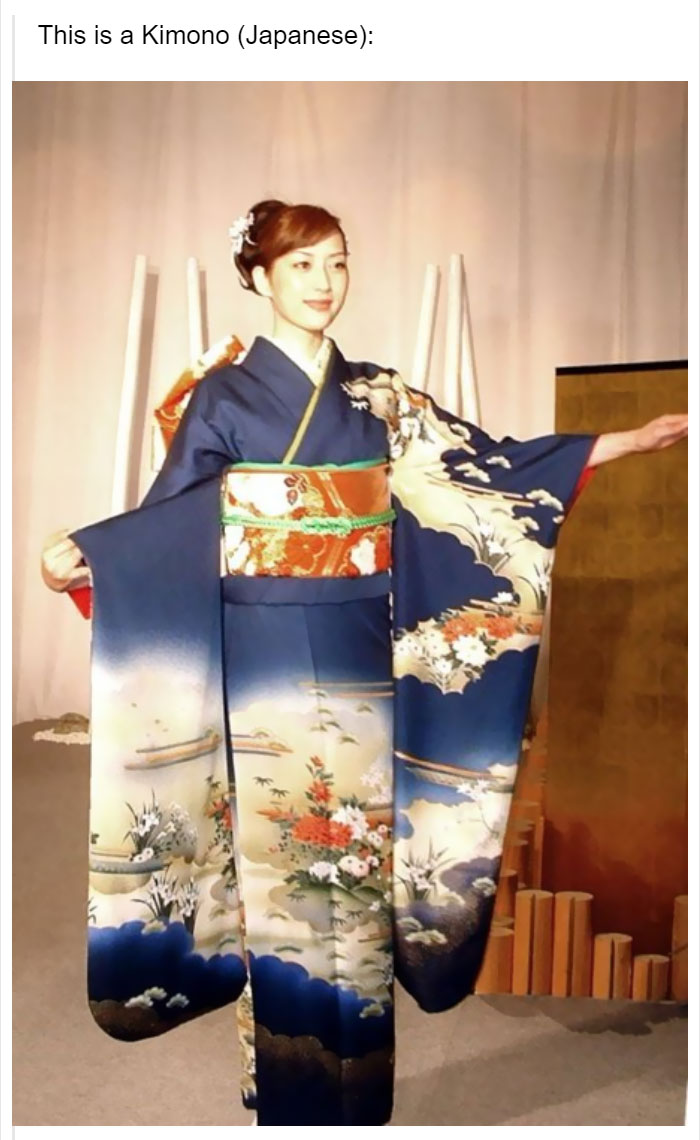
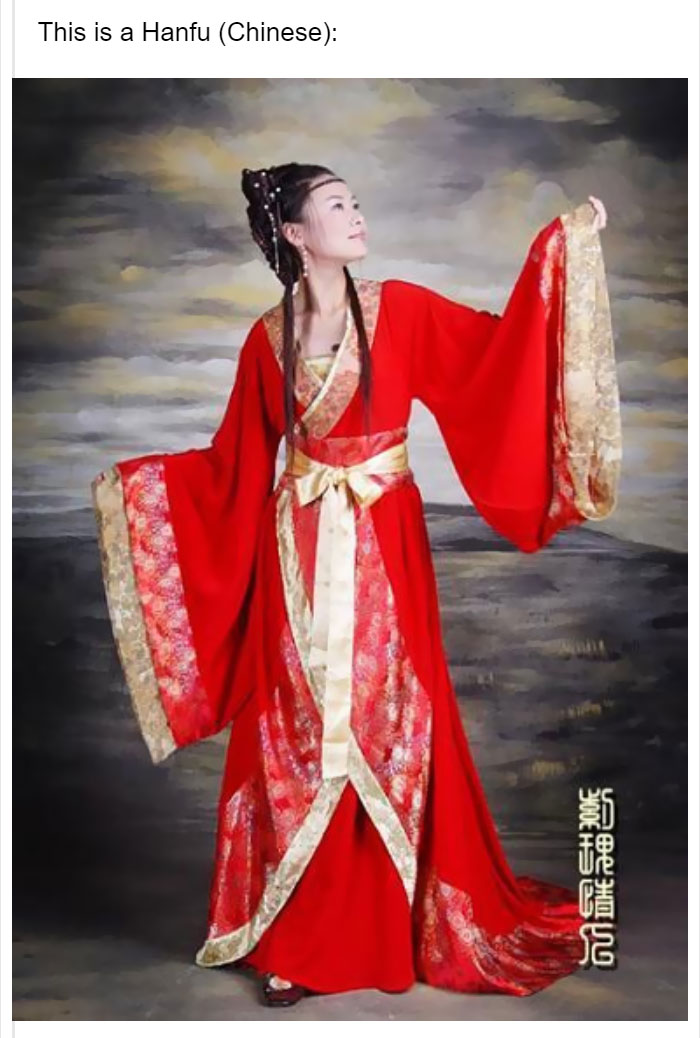

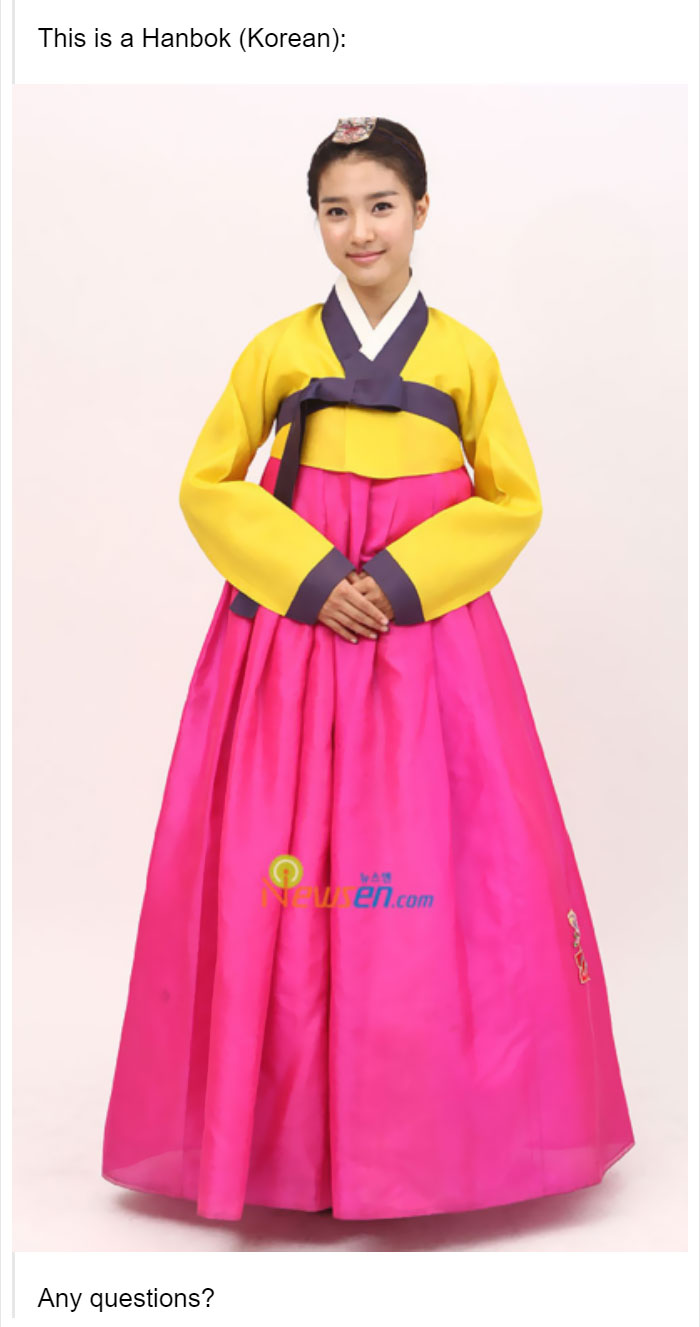

The post identifies the distinct outfits, their origins, and has a visual attached near each category to showcase how they are different from one another. The author of the post lists Kimono (Japanese), Hanfu (Chinese), Cheongsam (Chinese), Hanbok (Korean), Áo dài (Vietnamese) as some of the examples. Although the post aims to help people differentiate between the garments, it’s also not a full gallery of many more different clothing items that each culture has to offer. But it’s a good start.


The original blog-post prompted people to join in and discuss the topic. Starting from what ways the garments are tied to how people react to claims that people who don’t belong to the culture wearing the outfits are appropriating the culture.

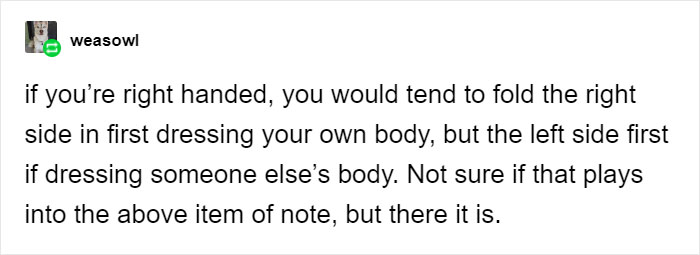
One user, kurowrites, goes on to comment on the original picture of the kimono stating that it’s an example of a furisode, a type of kimono distinguishable by its long sleeves. Furisode are usually made of very fine, bright silk and is worn by unmarried young Japanese women. It could be compared to the formal gowns worn by debutantes in the West, as furisode signifies that the woman wearing it is single and available for marriage. As those garments are quite expensive, many women and parents in Japan actually rent them to be worn on formal occasions such as a tea ceremony or wedding ceremonies of relatives.
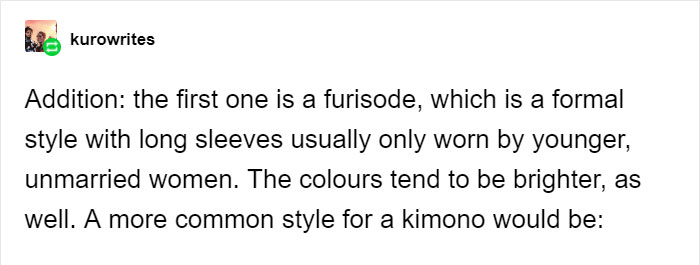
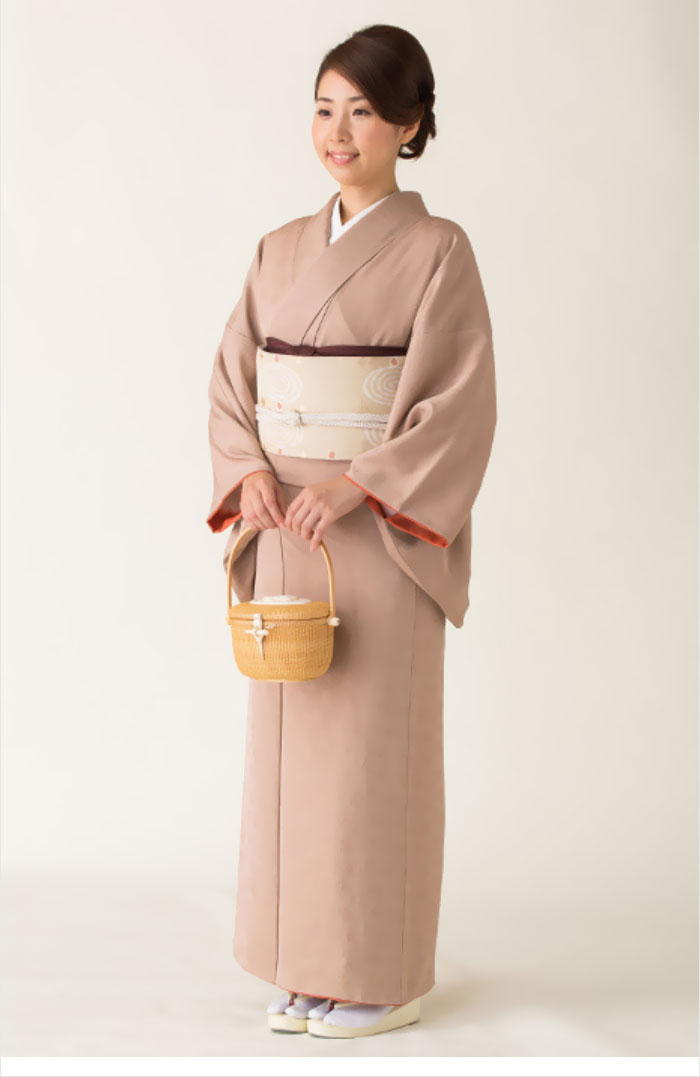
Another user points out how the garments are tied with the left breast over the right, while another clarifies that the other way around is meant for funerals. Another person joins in and adds that sometimes the way the garment is tied depends on the dominant hand of the wearer. Although in funeral practices, the kimono is crossed right over left, as opposed to the left side over the right, the way both the kimono and the yukata are worn by living people.
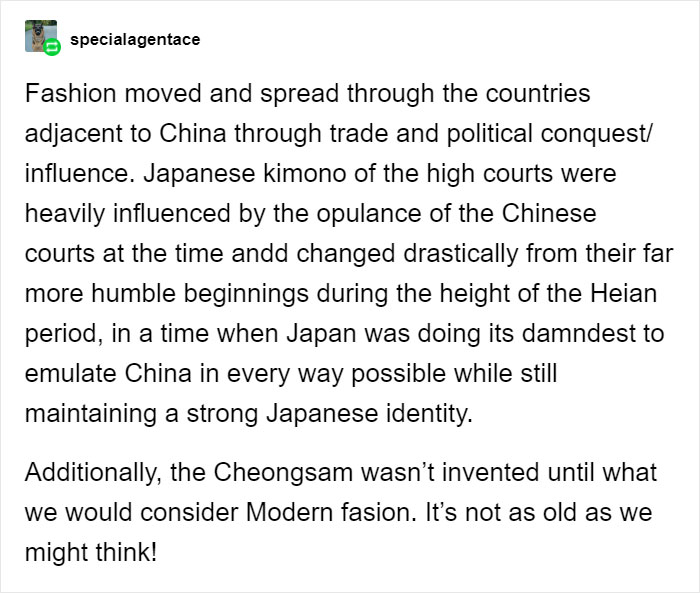
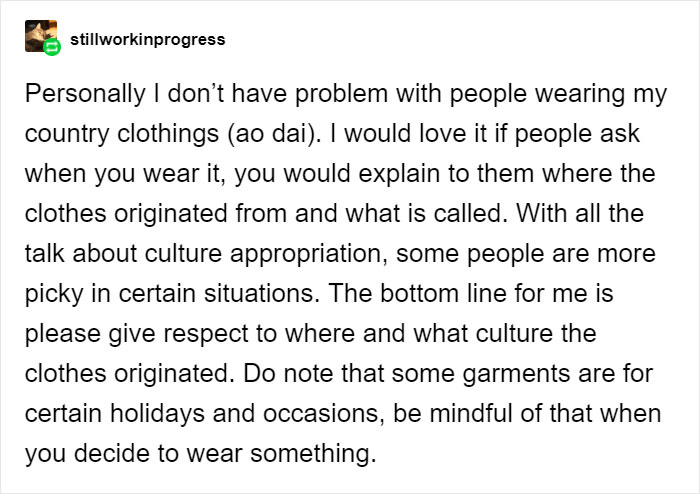
by Giedrė via Bored Panda - Source

No comments: